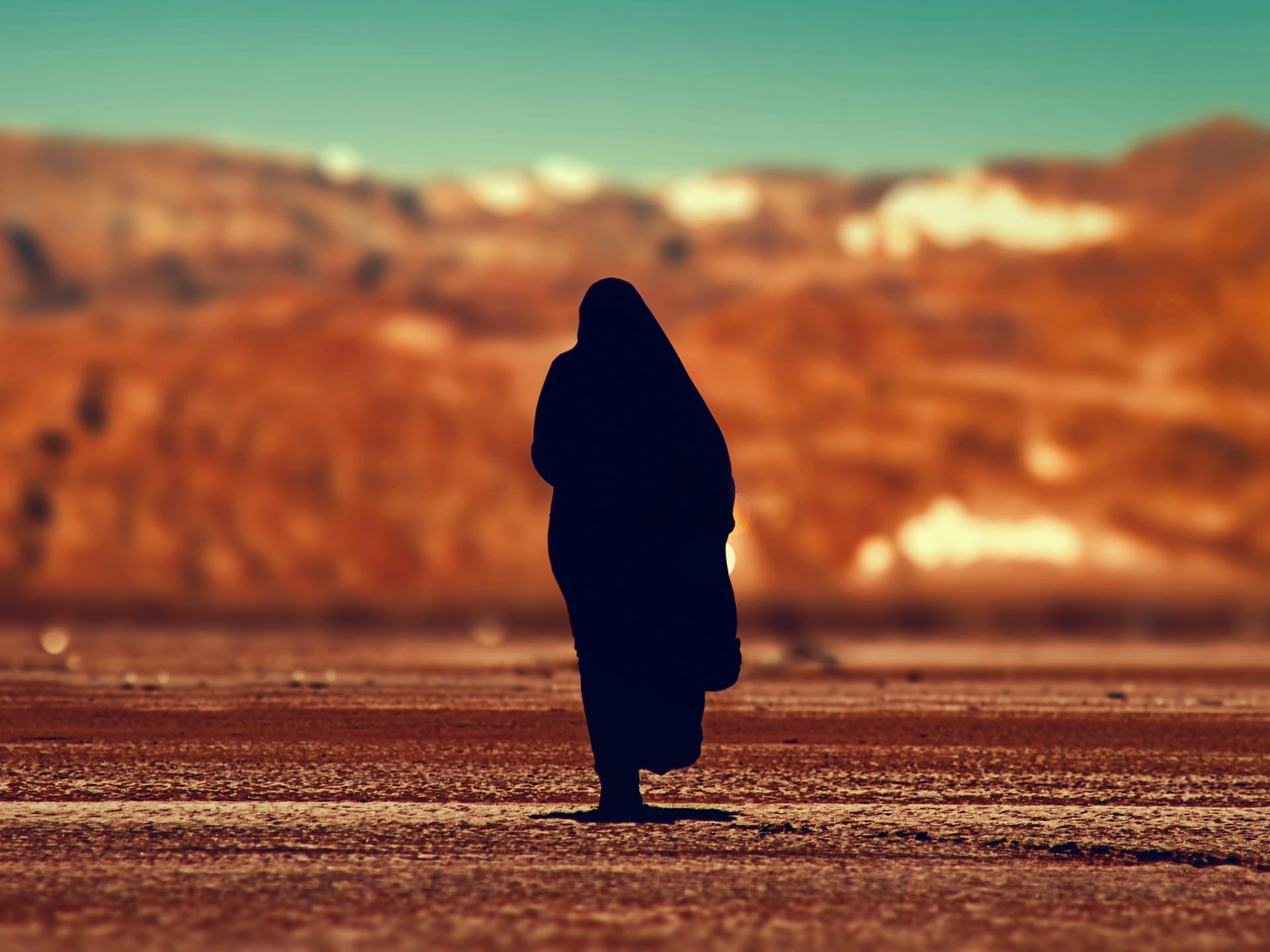Oct. 09, 2024 |
Night in Tunisia. President Kais Saied was re-elected to a second five-year term in Tunisia on October 6. But the election was largely a sham: Saied won around 91 percent of the vote, but his main challenger had been jailed during the campaign and sentenced to 12 years in prison for allegedly falsifying election documents. The country’s election authority—under Saied’s control—disqualified more than a dozen other candidates. Officially, fewer than 28 percent of Tunisians even turned out to vote—though the government refused to allow independent election observers to monitor the balloting, so who knows.
Back in 2019, Saied was elected in free and fair elections, but in 2021 he dissolved Parliament and has ruled by decree since, turning Tunisia squarely into an autocracy—using his powers to undermine the country’s institutions, replacing judges and all regional governors with people loyal to him.
Notably, Tunisia is where the anti-regime Arab Spring began in late 2010, after a fruit vendor in a small town immolated himself to protest his treatment by local officials. The revolution there ignited uprisings across the Arab world, eventually toppling dictators in Egypt, Libya, and Yemen—and sparking a civil war in Syria that continues today. Longtime tyrants later fell in Sudan and Algeria. But all these countries have variously gone back to autocratic rule. Why couldn’t democracy take root in the Arab Middle East and North Africa?
In September 2021, shortly after Saied disbanded Parliament and declared an indefinite state of emergency, Michele Dunne explored the problems Arab countries faced after their dictators fell.
For Dunne, two key factors thwarted their hopes for transitions to democracy: Regional powers like Saudi Arabia and the U.A.E. quickly moved to undermine them, while the United States and other Western democracies largely stood by without giving them much help.
—Michael Bluhm

